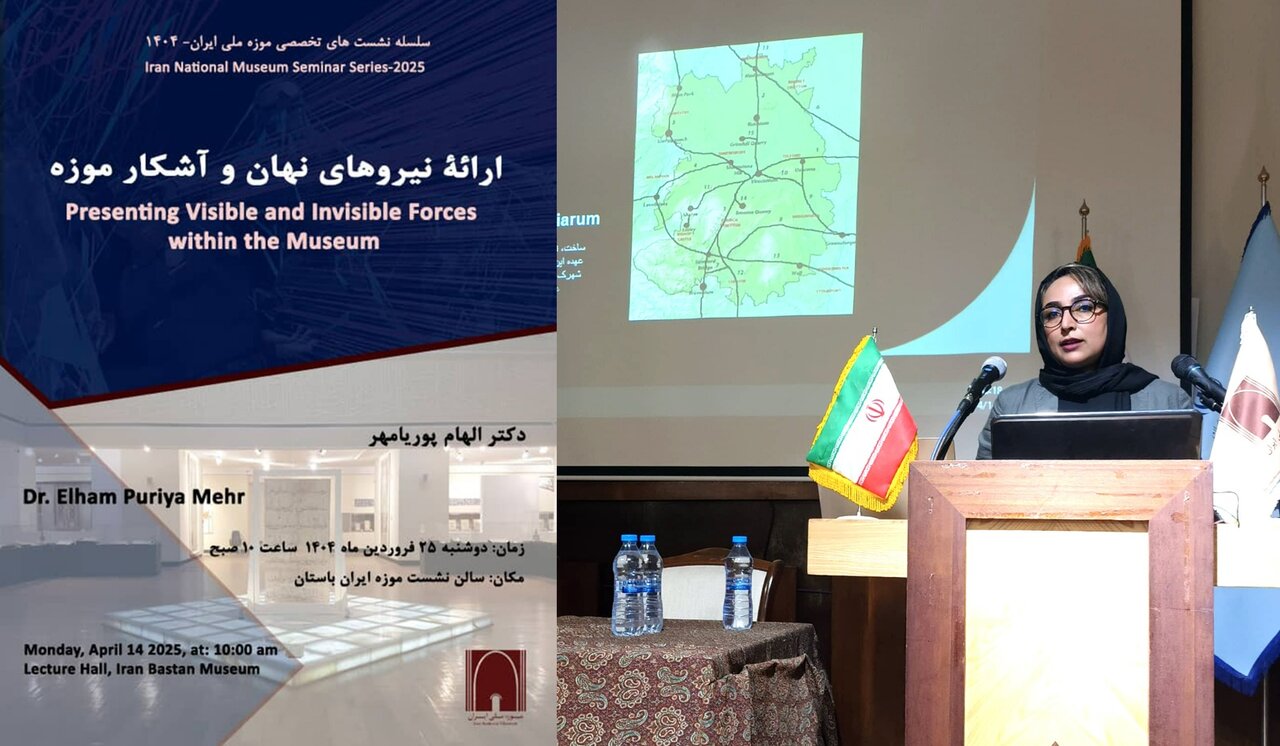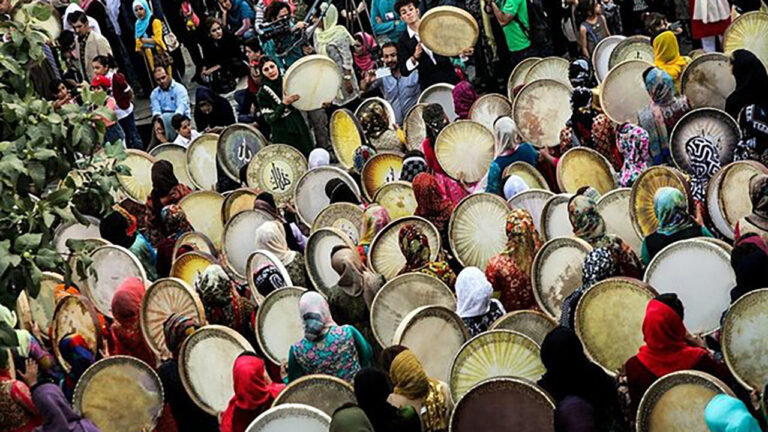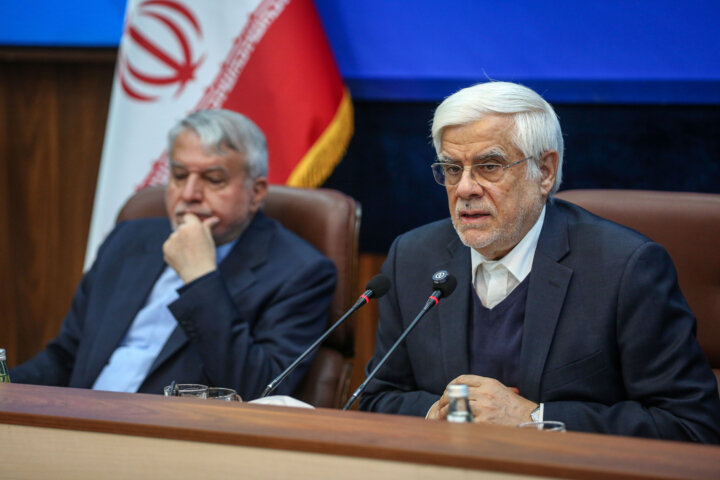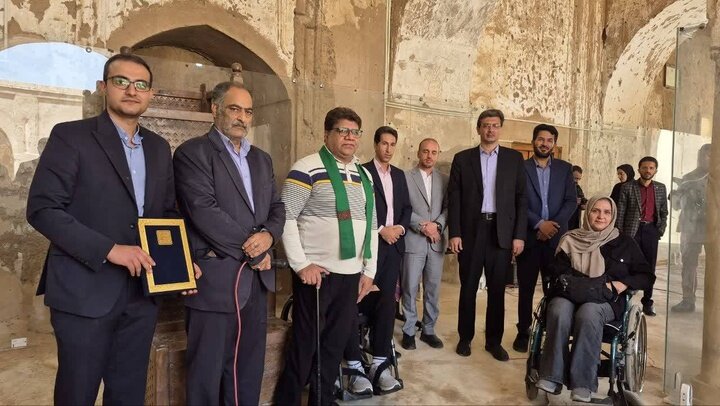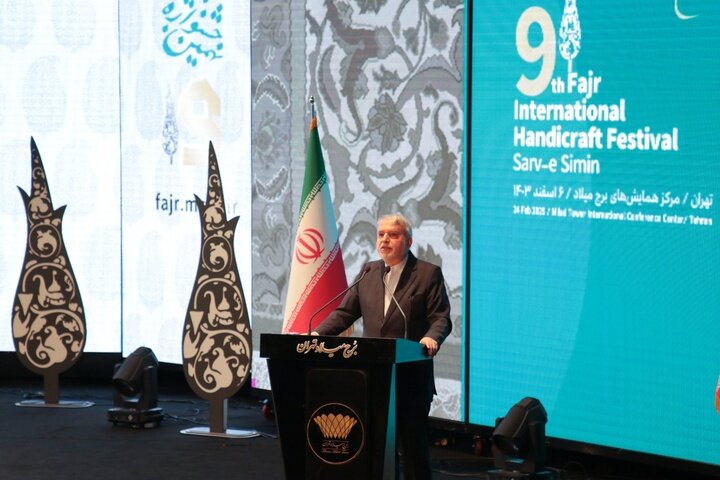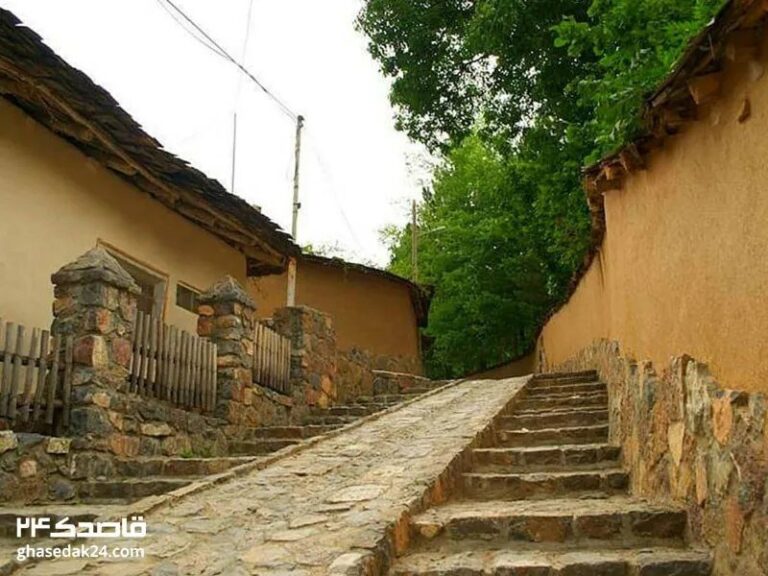Unveiling the Hidden: National Museum Session Delves into Visible and Invisible Forces Shaping Exhibition Spaces
On Monday, a specialized session titled “Presenting Visible and Invisible Forces within the Museums” took place at the National Museum of Iran. This event highlighted the pivotal role of museums in contemporary society, showcasing how these institutions are evolving to meet the needs of modern audiences.
Dr. Elham Pouria Mehr, the keynote speaker, delivered a compelling lecture that explored various aspects of museum dynamics. She focused on how museums contribute to knowledge production, create participatory environments for visitors, and uncover both visible and hidden forces that shape the museum experience.
During her address, Dr. Pouria Mehr provided a historical overview of the concepts surrounding curators and curatorial practices. She traced their evolution and the structural changes within the museum field, emphasizing that curators serve as more than just custodians of culture and art. They are also crucial agents in interpreting and healing cultural narratives.
The session, held at the Iran Bastan Museum located within the National Museum in downtown Tehran, is part of ongoing efforts to engage professionals and academics in meaningful discussions about the transformative functions of museums in today’s world.
Dr. Pouria Mehr drew on contemporary museological theories to critique representation policies and exhibition methods. She examined how these elements shape the knowledge generated within museums and their subsequent impact on audience perception.
Another key focus of the lecture was the exploration of visible and invisible forces within museums, particularly their role in shaping the future of these institutions. Pouria Mehr analyzed the significance of events as dynamic tools in museums, aiming to clarify the forces at play in museum objects, exhibition policies, spatial design, and the transmission of meaning to audiences.
In conclusion, the session referenced successful examples from modern museums, emphasizing the need to redefine the role of historical museums in envisioning the future. This event provided an invaluable opportunity to reconsider the cultural, educational, and social functions of museums.
At the end of the session, Dr. Jebrael Nokandeh, the Director-General of the National Museum of Iran, praised Pouria Mehr’s insightful lecture. He stressed the importance of integrating new perspectives into the field of museology, stating:
“Museums are not merely repositories of historical artifacts but dynamic institutions capable of playing a pivotal role in shaping future cultural and social discourses.”
The National Museum of Iran, established in 1937, is the country’s principal museum and a vital institution dedicated to preserving and showcasing Iran’s archaeological and cultural heritage. The museum houses a diverse collection of artifacts that span from prehistory to the Islamic era, including invaluable pieces such as ancient pottery, textiles, and coins.
- Research and Education: The museum plays a crucial role in fostering an understanding of Iran’s rich history.
- International Relations: Significant collections, such as Chinese ceramics, highlight interactions along the Silk Road.
- Cultural Preservation: The museum serves as a center for preserving Iran’s archaeological and cultural artifacts.
As a center for research and education, the National Museum not only showcases Iran’s heritage but also emphasizes its connections to other cultures throughout history. This mission is further strengthened through specialized sessions that engage various stakeholders in discussions about the role of museums in shaping cultural narratives.
In summary, the event underscored the importance of ongoing dialogue in the museum sector. By fostering collaboration between museum professionals and academics, it aims to enhance the understanding of museums as dynamic institutions that reflect and shape cultural and social values in today’s world.
As the National Museum of Iran continues to evolve, it remains committed to its mission of education, preservation, and cultural exchange, ensuring that it plays a significant role in the future of museology.
